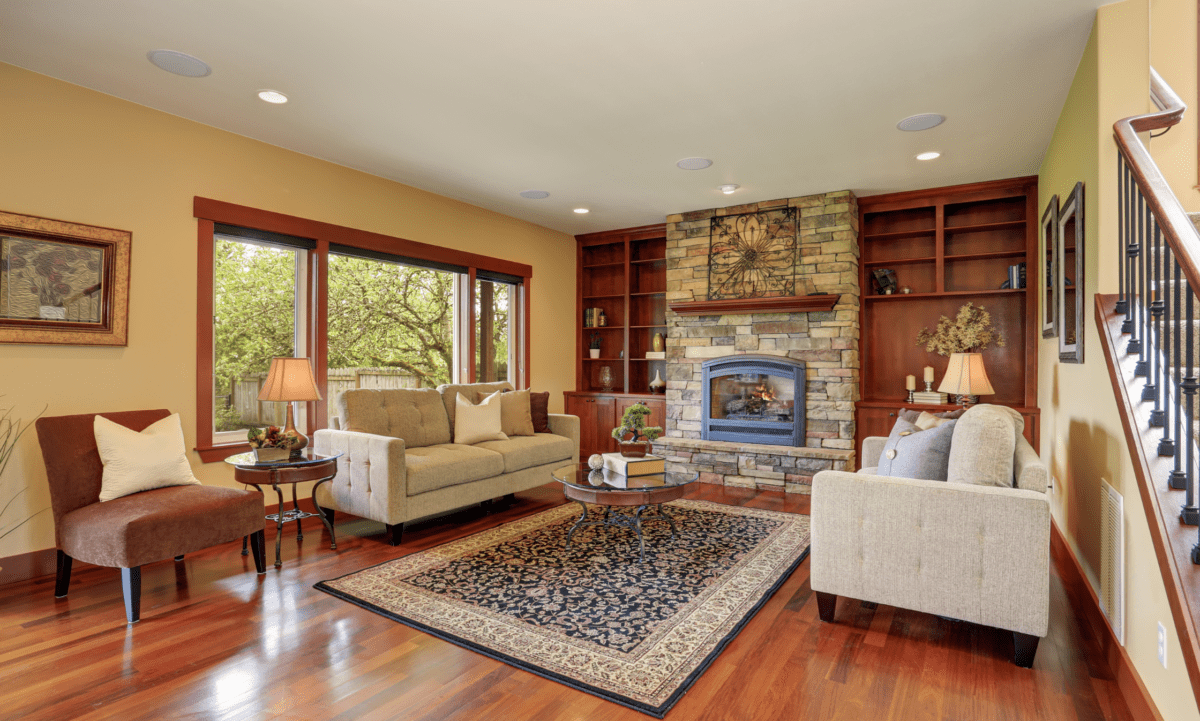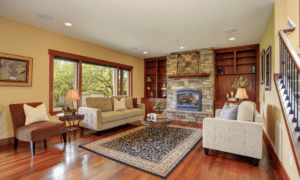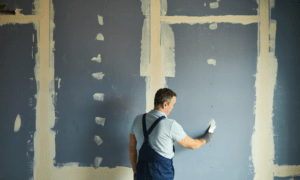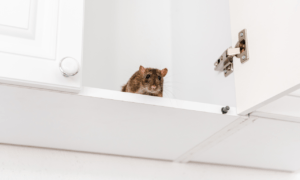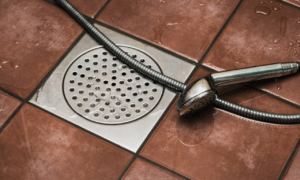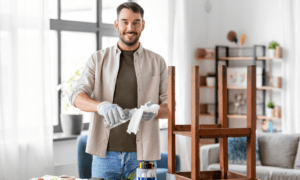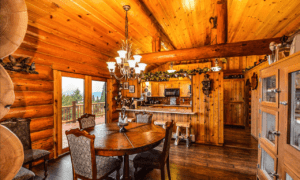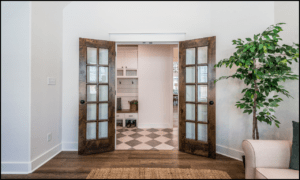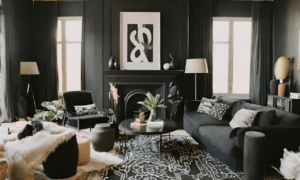Introduction:
When it comes to furnishing your home, one of the common challenges many homeowners face is furniture sliding on hardwood floors. The constant shifting of tables, chairs, sofas, and cabinets not only disrupts the aesthetics of your home but can also lead to scratches, dents, and even accidents. In this article, we’ll explore effective ways to put an end to this frustrating issue.
Understanding the Problem:
Understanding why your furniture slides on hardwood floors is the first step in finding a solution. The culprit here is the lack of friction between the furniture and the smooth hardwood surface. Without sufficient friction, even the slightest push or pull can send your favorite couch on an unintentional journey across the room.
Aside from the inconvenience, this sliding furniture poses a real threat to the longevity of both your furnishings and your beautiful hardwood floors. Scratches, scuffs, and dents can accumulate over time, resulting in costly repairs or replacements. It’s crucial to address this issue promptly to protect your investment.
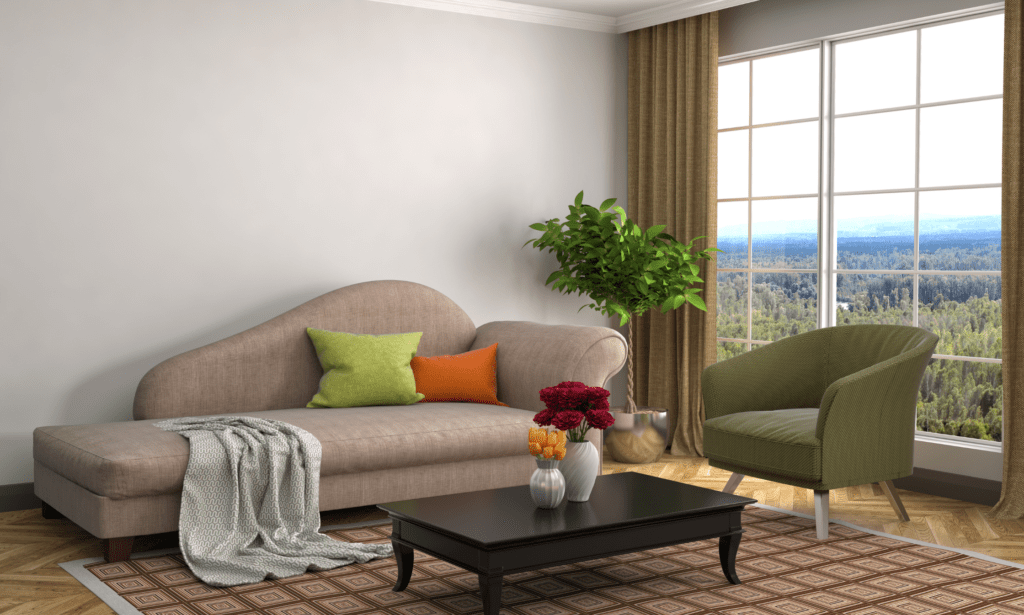
Choosing the Right Solutions
Non-Invasive Options
One of the most accessible ways to prevent furniture from sliding on hardwood floors is by using non-invasive methods. These solutions provide an effective barrier between your furniture and the floor, increasing friction and stability. Consider investing in rug pads, felt pads, or grippers.
Rug Pads: Rug pads are an excellent choice, especially when dealing with area rugs. They provide a cushioning layer under the rug, preventing it from slipping while keeping the furniture in place. Make sure to choose a rug pad specifically designed for hardwood floors to avoid any potential damage.
Felt Pads: Felt pads are adhesive-backed cushions that you can attach to the legs or base of your furniture. They are incredibly versatile, and they come in various sizes and shapes to fit different pieces of furniture. Felt pads are gentle on your floors while providing the necessary grip.
Grippers: Grippers are rubber- or silicone-based pads that adhere to the bottom of furniture legs. They create a non-slip surface, effectively reducing unwanted movement. Grippers are particularly useful for chairs, tables, and cabinets.
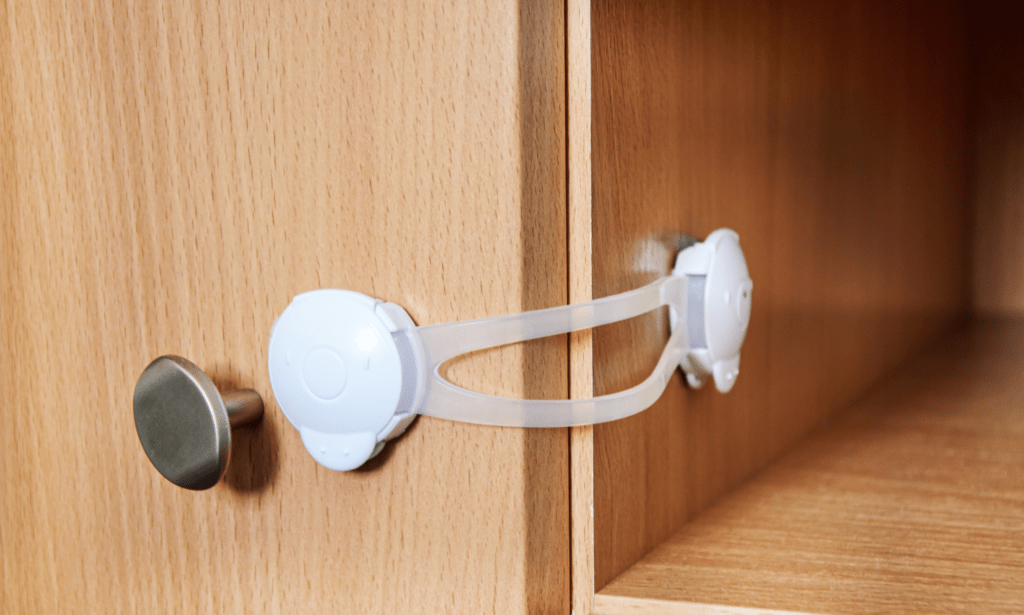
DIY Solutions
If you prefer a more hands-on approach, there are several DIY solutions to consider. These cost-effective options can be easily implemented with items you may already have at home.
Rubber Bands: Rubber bands can work wonders when it comes to preventing furniture from sliding. Simply wrap them around the legs of your chairs, tables, or other movable items. The rubber provides extra traction, reducing the chances of sliding.
Double-Sided Tape: Double-sided tape can be an effective temporary solution. Apply a few strips to the bottom of your furniture legs and press them firmly onto the floor. While this method may require periodic reapplication, it’s a quick fix for preventing sliding.
Furniture Stoppers: Create your furniture stoppers using household items. For example, tennis balls sliced in half can be placed under furniture legs to prevent sliding. Alternatively, consider using rubber doorstops or cork coasters.
By choosing the right non-invasive or DIY solution, you can significantly reduce furniture sliding on hardwood floors, preserving both your floors and your peace of mind. In the next sections, we’ll provide additional tips for securing specific furniture types.

Tips for Specific Furniture Types
Preventing Sofa and Chair Sliding
Sofas and chairs are among the most frequently moved pieces of furniture in a home. Keeping them in place on hardwood floors can be a challenge, but it’s crucial to prevent sliding to maintain the overall look and feel of your living space.
Area Rugs: One of the simplest and most stylish solutions for preventing sofa and chair sliding is to place them on area rugs. These rugs not only anchor your furniture but also add warmth and visual appeal to your space. Make sure to use rug pads under the rugs to prevent them from sliding on hardwood floors.
Furniture Feet Covers: Invest in furniture feet covers made of rubber or silicone. These covers fit snugly over the legs of your chairs and sofas, creating a non-slip surface. They are discreet and won’t compromise the aesthetics of your furniture.
Furniture Straps: For additional security, consider using furniture straps or anti-tip straps. These can be attached to the backs of your sofas and chairs, securing them to the wall or another sturdy surface. This prevents any accidental tipping or sliding, especially in homes with small children or pets.
Securing Tables and Cabinets
Tables and cabinets can also pose a sliding challenge on hardwood floors, particularly if they have a heavy load or are frequently opened and closed. To keep these pieces of furniture stable and in place, consider the following solutions:
Adhesive Bumpers: Adhesive bumpers are small, soft cushions that can be attached to the corners of tables and cabinets. They create a cushioned barrier that prevents sliding while protecting your floors from scratches and dents. Adhesive bumpers are available in various sizes to suit different furniture.
Heavy-Duty Double-Sided Tape: For tables and cabinets with legs or a base, heavy-duty double-sided tape can be a reliable option. Apply the tape to the bottom of the furniture, ensuring it adheres firmly to the floor. This strong adhesive keeps your furniture securely in place.
Cabinet Locks: If you have cabinets that tend to slide open, install cabinet locks or latches. These not only prevent sliding but also provide additional safety, especially if your cabinets contain fragile or hazardous items.
By implementing these strategies, you can effectively secure your tables and cabinets, preventing them from sliding on hardwood or tile floors. Remember that combining these methods for different furniture types in your home can provide comprehensive protection.

Maintenance and Long-Term Solutions
Now that you’ve successfully prevented your furniture from sliding on your hardwood or tile floors, it’s essential to maintain these solutions for the long term. Here are some tips to ensure your furniture stays in place and your floors remain in top condition:
Regular Inspection: Periodically inspect the condition of your non-invasive solutions, such as felt pads, grippers, or rug pads. Over time, these may wear down or accumulate dirt, reducing their effectiveness. Replace or clean them as needed to maintain optimal friction.
Cleaning and Floor Care: Proper floor maintenance is essential to prevent sliding and protect your hardwood or tile floors. Regularly clean your floors using manufacturer-recommended methods and products. Avoid using harsh chemicals or abrasive materials that could damage the floor’s finish.
Furniture Arrangement: Be mindful of how you arrange your furniture. Avoid overcrowding a room, as this can increase the likelihood of sliding. Leave enough space between pieces of furniture for easy movement and cleaning.
Invest in High-Quality Solutions: While there are budget-friendly options available, investing in high-quality furniture stoppers, grippers, and rug pads can offer more extended protection and durability. Consider these as long-term investments in your home’s safety and aesthetics.
Professional Assistance: If you continue to experience issues with furniture sliding despite your best efforts, consider seeking professional assistance. Flooring specialists or interior designers can provide tailored solutions to address specific challenges in your home. They can recommend custom-made furniture stoppers or other advanced methods that align with your decor and lifestyle.
Regular Maintenance: Make furniture stability part of your routine home maintenance. Check for loose furniture foot covers, worn-out rug pads, or any signs of sliding. Promptly address any issues to ensure that your preventive measures remain effective over time.
Long-Term Furniture Selection: When shopping for new furniture or considering replacements, keep the issue of sliding in mind. Opt for furniture pieces designed with stability in mind, such as those with wide, sturdy legs or built-in grip features. These choices can reduce the need for additional preventive measures.
By incorporating these long-term solutions and maintenance practices, you can enjoy the benefits of a well-organized and stable living space while protecting your beautiful hardwood or tile floors from potential damage.
Conclusion
In conclusion, preventing furniture from sliding on hardwood or tile floors is not only essential for the aesthetic appeal of your home but also for the safety of your family and the longevity of your furnishings and floors. Understanding the role of friction, choosing the right solutions, and implementing maintenance practices will help you maintain a stable and beautiful living environment.
Remember that the right preventive measures can be a combination of non-invasive options, DIY solutions, and tailored approaches for specific furniture types. Whether you’re securing chairs, sofas, tables, or cabinets, the goal is to create a harmonious and safe home where you can enjoy your furniture and floors without worry.
By following the guidance provided in this article, you can ensure that your furniture stays in place, reducing the risk of accidents and damage, and allowing you to fully enjoy the comfort and beauty of your home.

